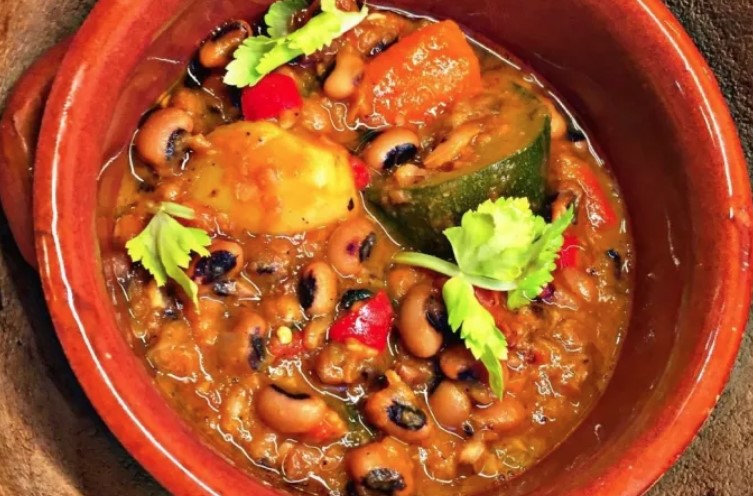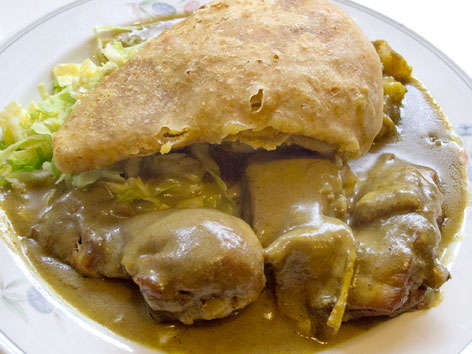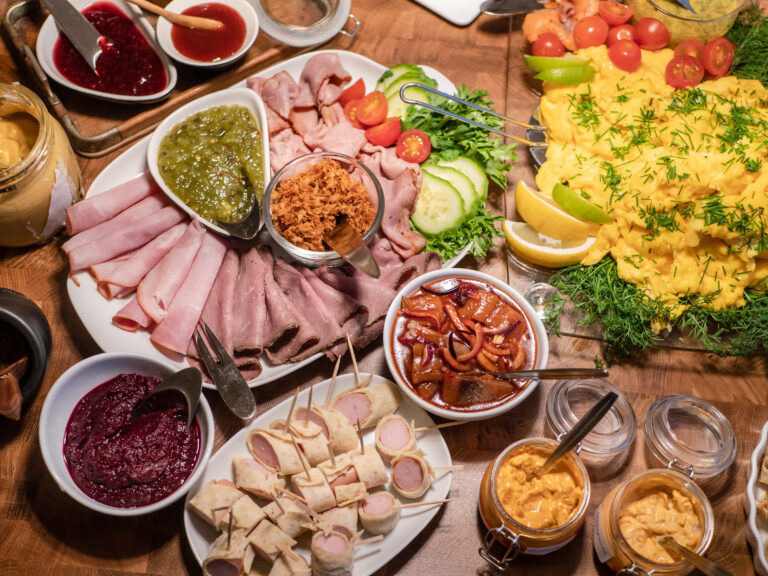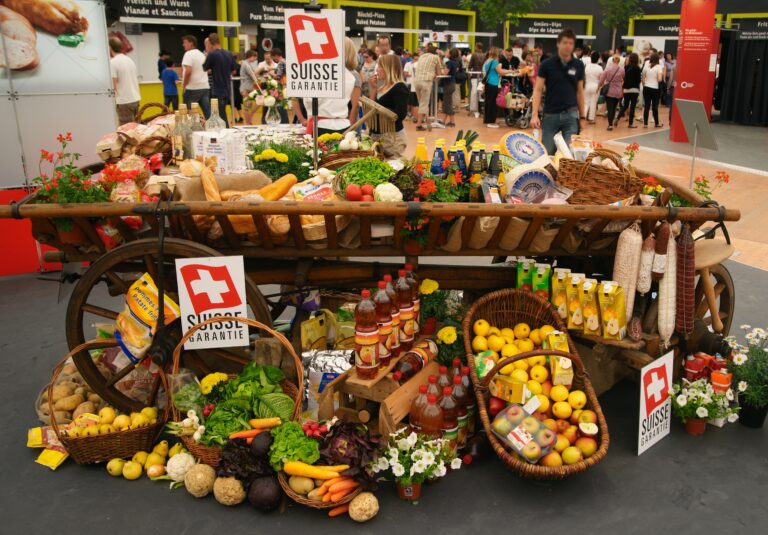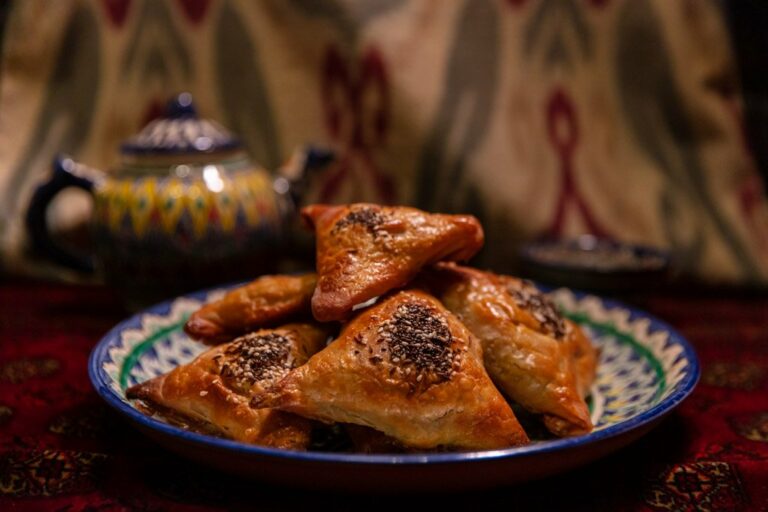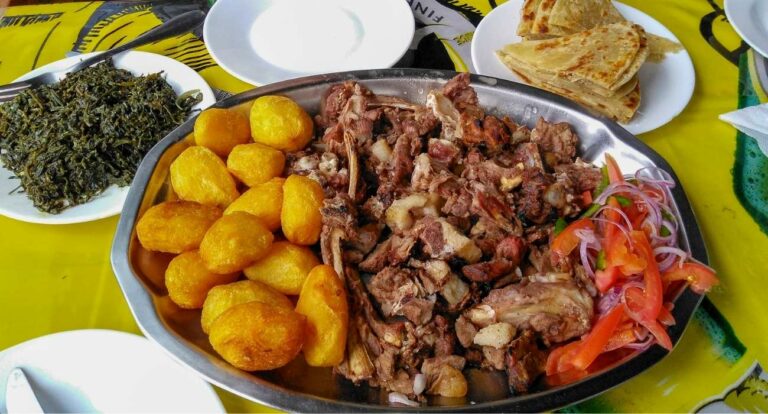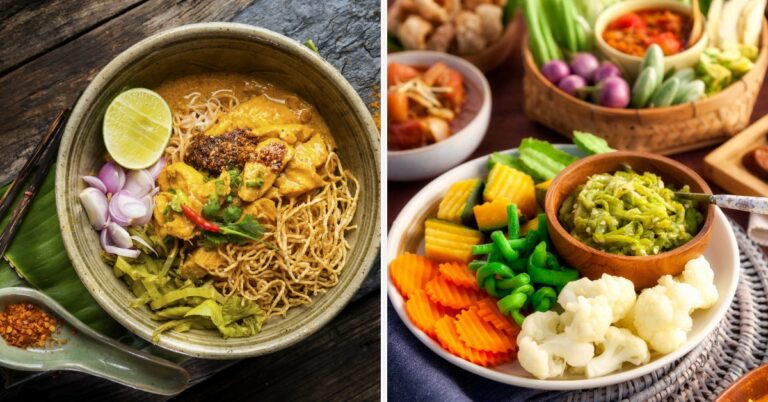Introduction: Sierra Leonean Cuisine
Sierra Leone is a small West African country that is known for its rich cultural heritage, friendly people, and delicious cuisine. The country’s cuisine is a reflection of its diverse cultural history, with influences from Africa, Europe, and the Caribbean. Sierra Leonean cuisine is characterized by its use of locally-sourced ingredients, spices, and herbs, which are used to create unique and flavorful dishes.
The Definition of a Delicacy
A delicacy is a rare, expensive, or highly-prized food item that is considered to be a luxury. Delicacies are often associated with high-end restaurants and gourmet cuisine, and they are typically reserved for special occasions or celebrations. In some cases, delicacies may be considered taboo or controversial due to their rarity or the way they are prepared.
Sierra Leonean Dishes: Common or Rare?
Sierra Leonean cuisine is not as widely known as some other African cuisines, but it is gaining popularity in recent years. Many of the dishes in Sierra Leonean cuisine are also found in other West African countries, such as Ghana and Nigeria. However, there are some dishes that are unique to Sierra Leone, and these are considered to be delicacies.
Exploring Sierra Leonean Delicacies
Sierra Leonean delicacies are often made with locally-sourced ingredients, which gives them a unique and authentic flavor. Some of these delicacies are made with fish, meat, or vegetables, and they are often prepared using traditional cooking techniques. Some delicacies are also associated with specific regions or tribes in Sierra Leone.
The Most Popular Sierra Leonean Delicacies
One of the most popular Sierra Leonean delicacies is cassava leaves, which are cooked with meat or fish and served with rice. Another popular delicacy is pepper soup, which is made with various meats and spices and is known for its spicy flavor. Other Sierra Leonean delicacies include okra soup, groundnut stew, and jollof rice, which is a staple dish in many West African countries.
Why Sierra Leonean Delicacies are Worth Trying
Sierra Leonean delicacies are worth trying because they offer a unique and authentic taste of West African cuisine. The dishes are made with locally-sourced ingredients and prepared using traditional cooking techniques, which gives them a distinct flavor. Trying Sierra Leonean delicacies also allows one to experience the culture and traditions of this small but vibrant country.

